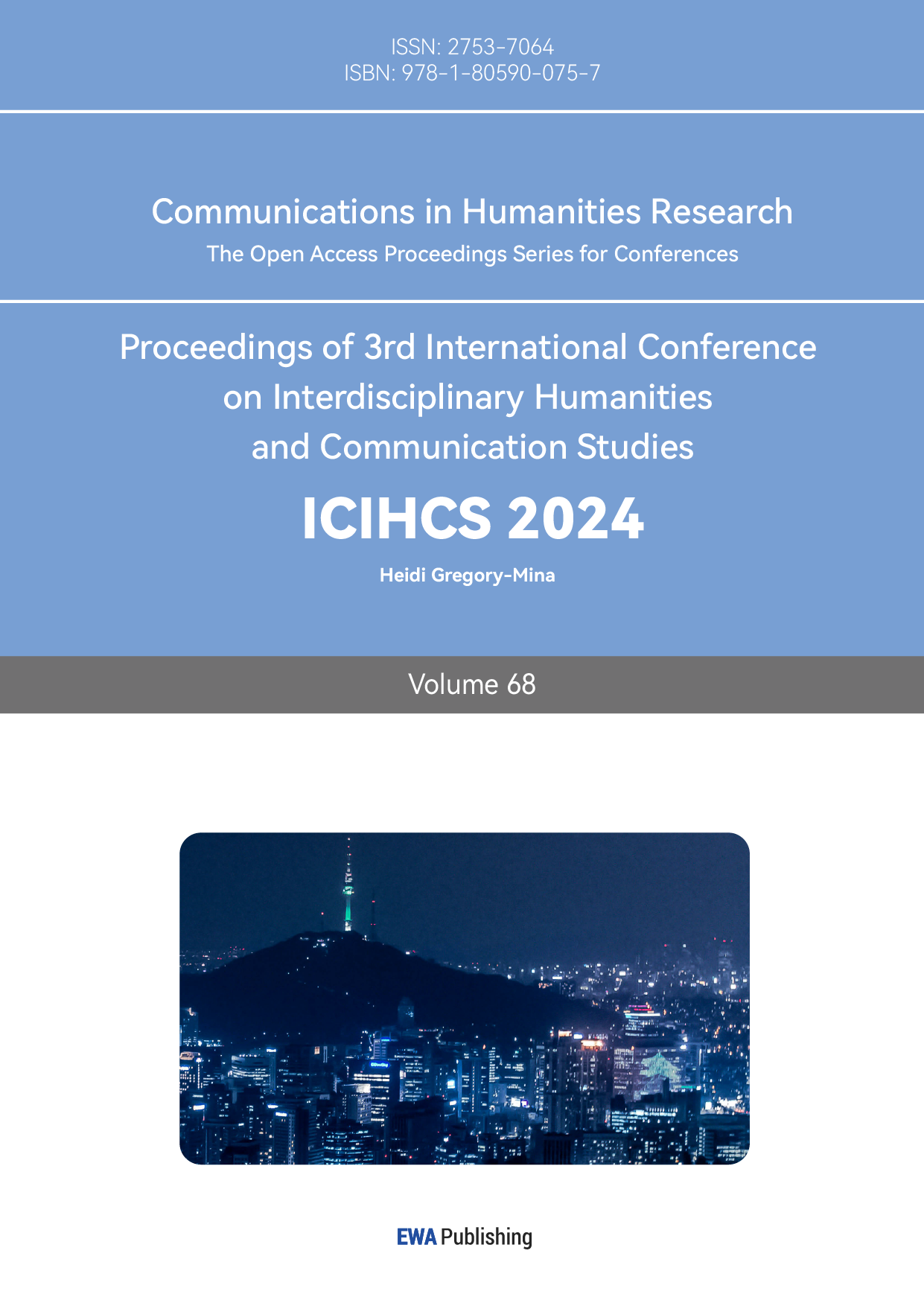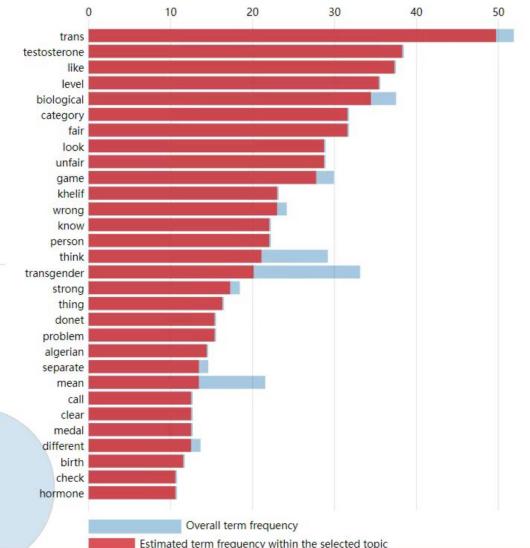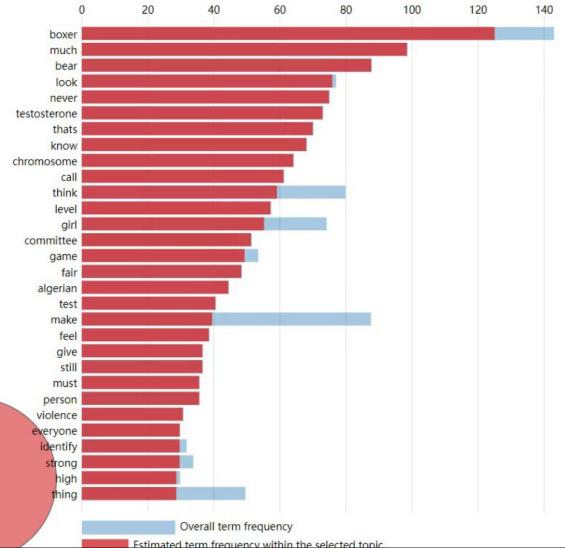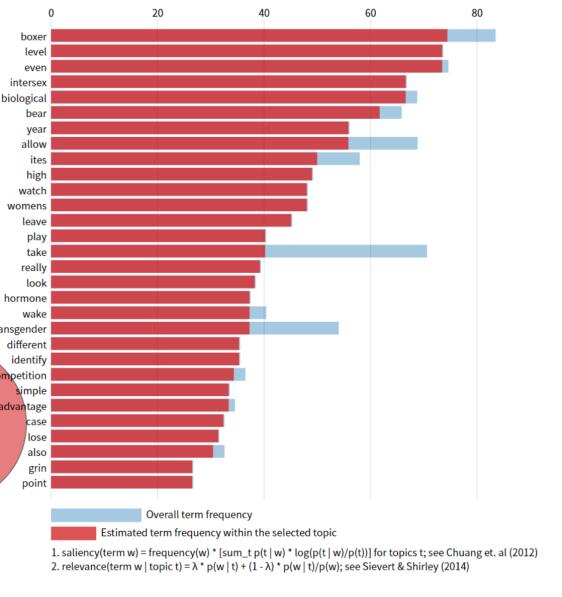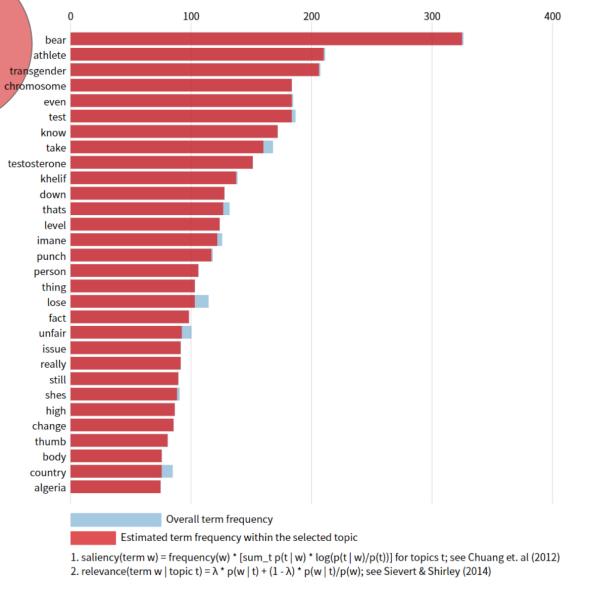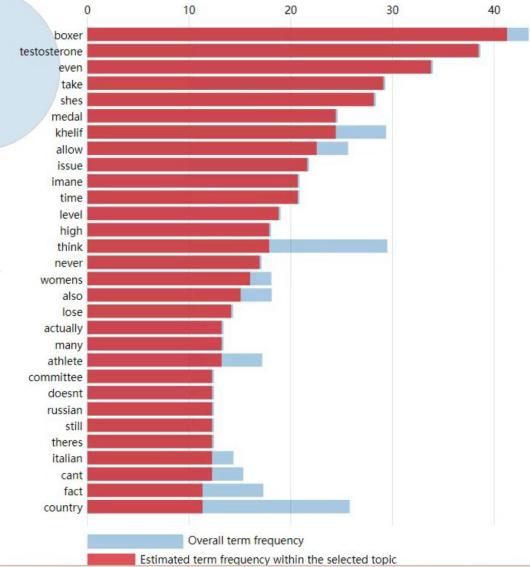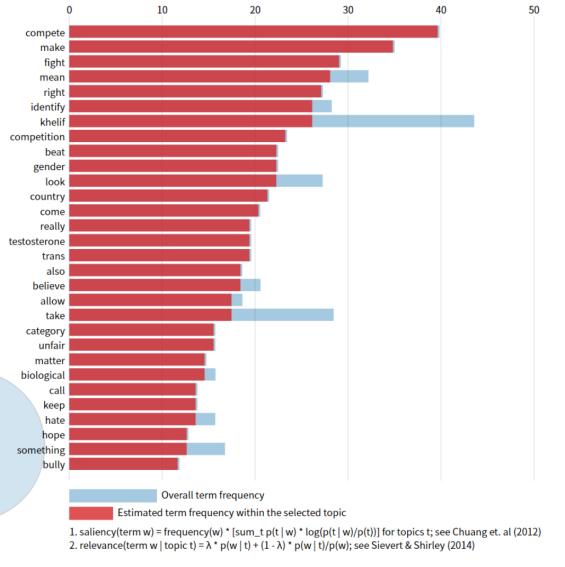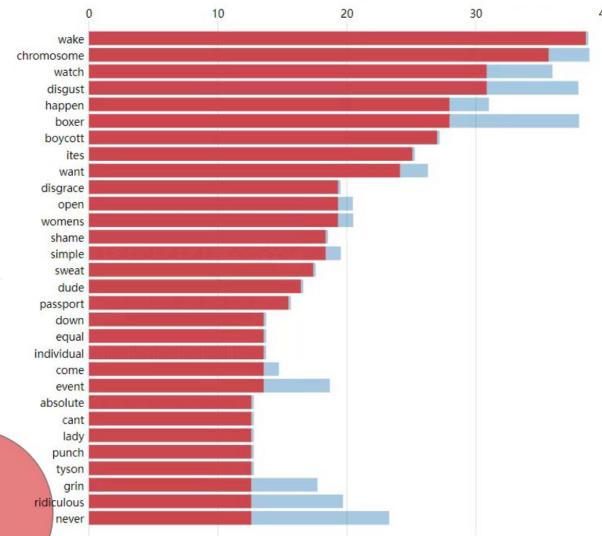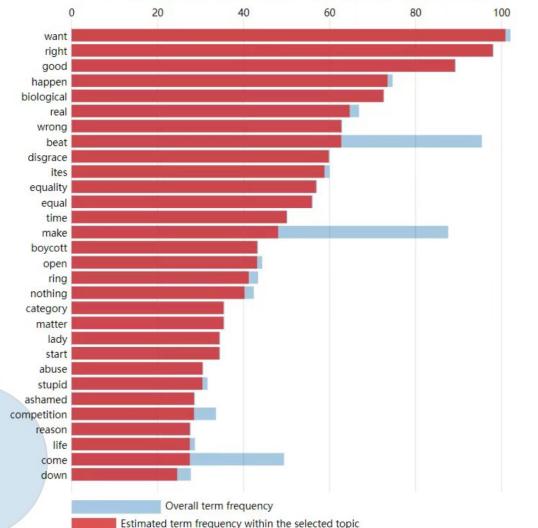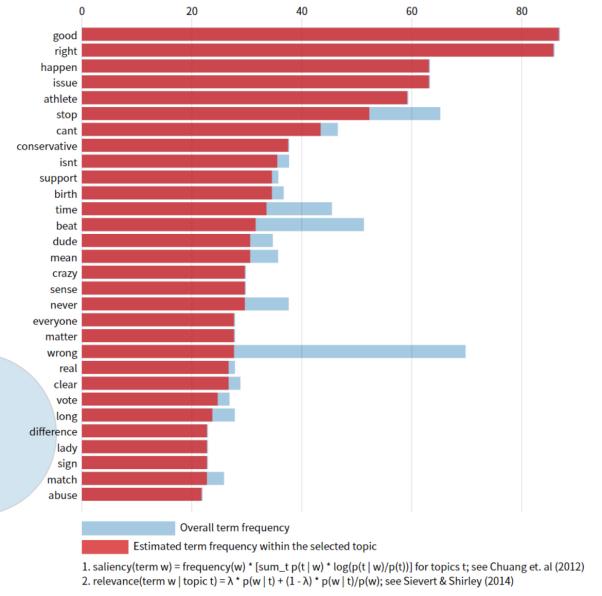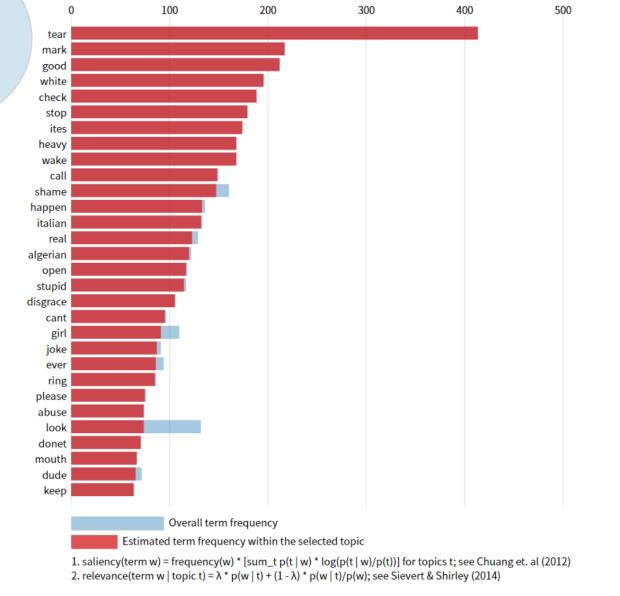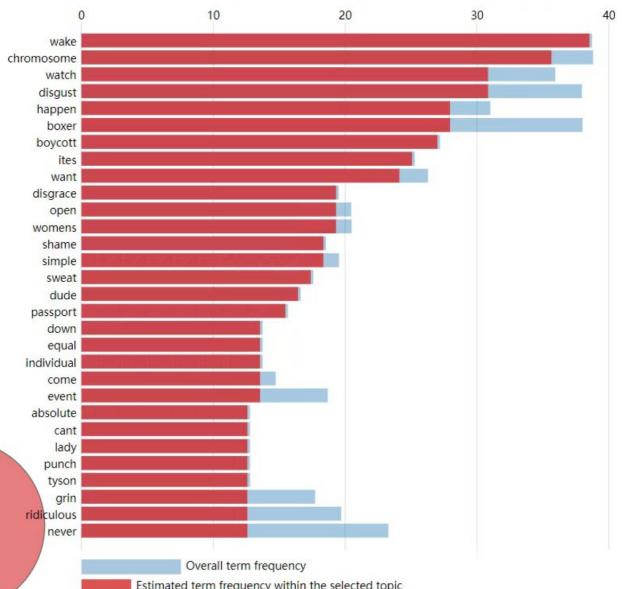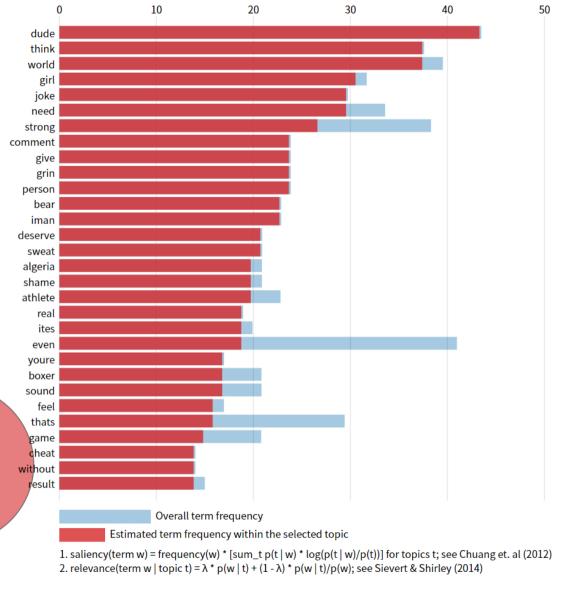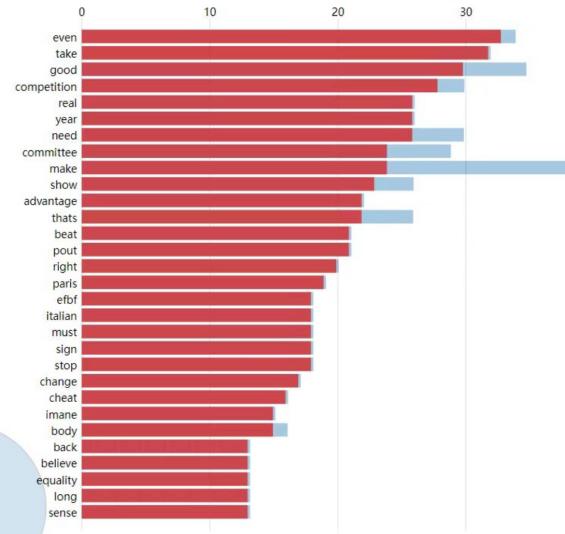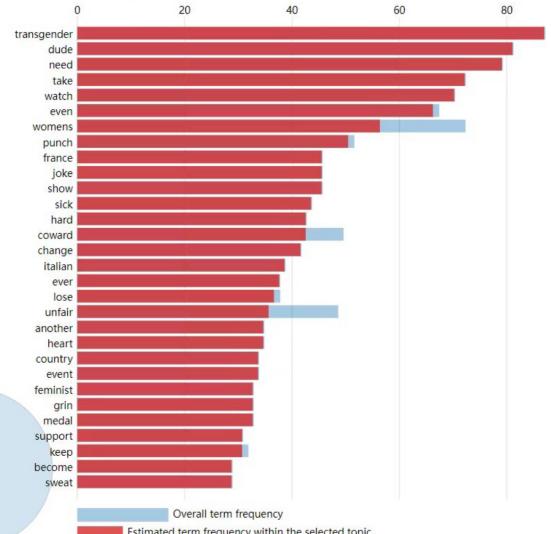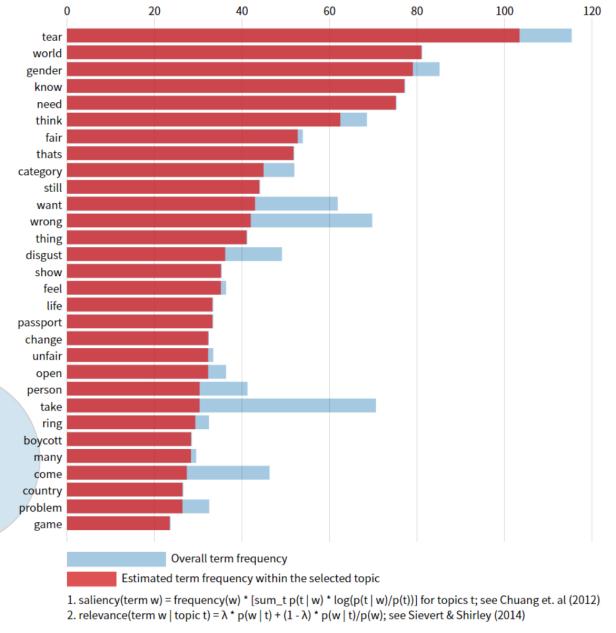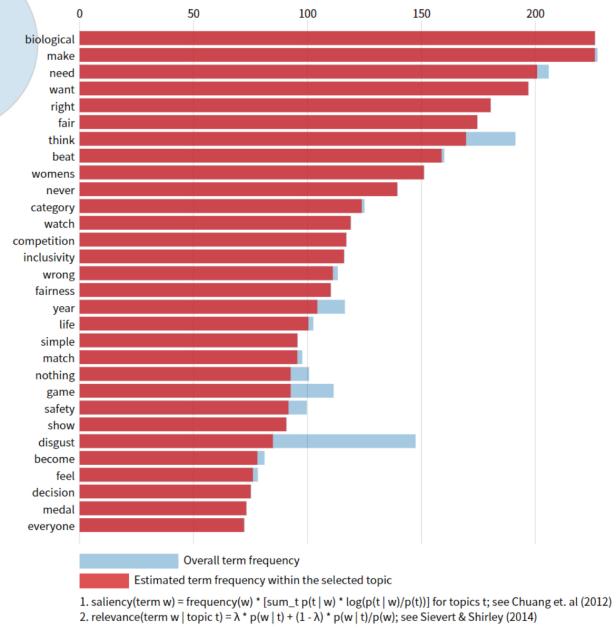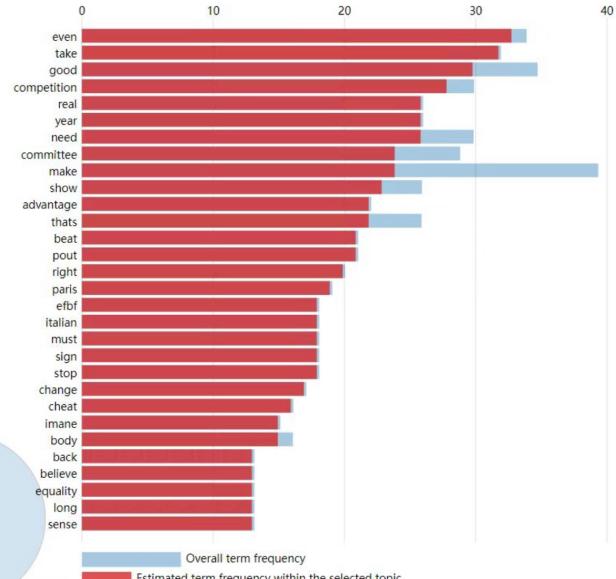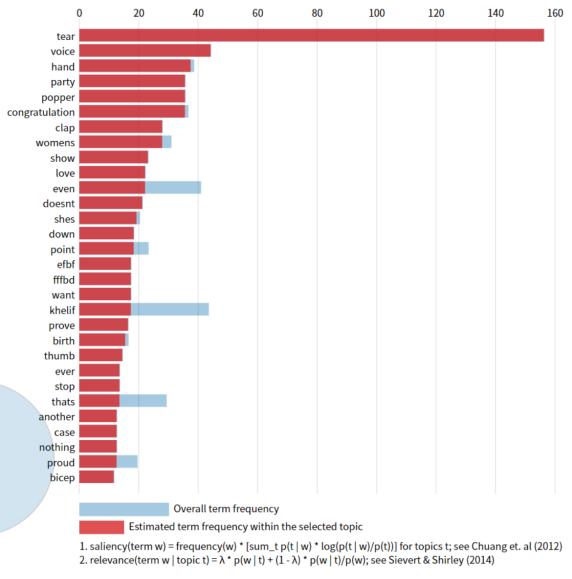1. Introduction
The rights of transgender people have been at the center of political, social and cultural discussions around the world. Sports have become a key battleground in the debate surrounding the competitive rights of transgender athletes. While many studies have explored the experiences and acceptance of people belonging to the LGBTQ+ community, transgender issues have been relatively understudied [1, 2].
In recent years, the International Olympic Committee (IOC) has taken steps to promote inclusion and diversity in sport by allowing transgender athletes to participate in competitions, as long as they are able to meet specific criteria regarding anatomical variations and hormone therapy. Although this initiative is already underway, there is still large controversy over the question of whether it is fair for transgender athletes to participate in competition, especially when considering biological differences between transgender and cisgender people [3]. For example, critics have argued that transgender women may have an advantage in women's sports due to higher levels of testosterone, leading to bans by certain sports organizations such as World Rugby and FINA [4].
The participation of transgender athlete Imane Khelif in the 2024 Paris Olympics rekindled the debate, when she won her first match as a female boxer and defeated her opponent Angela Carini in just 46 seconds. Her victory sparked a public and social media debate about transgender athletes' participation in sports, bringing the issue of transgender athletes back into the spotlight [4]. This paper aims to explore the public's reaction on the social media platform YouTube by analyzing comments from different media covering 6 videos of Khelif's victory over Italy's Angela Carini. The paper further analyzes whether Imane Khelif's final victory has changed people's attitudes and analyzes the differences in opinions and attitudes in the comments in videos from media with different political leanings.
2. Literature review
The topic of transgender rights has gained significant attention in recent years, especially in the fields of health care, military services, and sports [5, 6]. Research shows that public's perceptions of the transgender community are widely divided, often influenced by political affiliation, personal experience, and social norms [7].
Research by Tebbe and Moradi provides insights into the factors that lead to negative attitudes, including gender norms [8]. This concept often extends to society's perception of transgender athletes as those who break the male-female binary, which is increasingly being seen in competitive sports [9, 10]. This provides a framework for an in-depth study of public reactions to figures such as Imane Khelif. Khelif, a boxer, has been in the spotlight since her transgender status was revealed at the 2024 Paris Olympics.
In sports, the inclusion of transgender athletes has become a disputable topic, especially when it comes to fairness and competition. The IOC has introduced standards in which hormone level control, particularly testosterone, is envisaged to achieve equity in women's sport. However, in many cases, they have exacerbated public concerns about transgender participation, especially in contact sports such as boxing [11].
The case of Imane Khelif indicates the fact that the public's standpoint is significant for the transgender athletes competing. Opinions regarding Imane Khelif's participation in the 2024 Olympic Games are divided between proponents and opponents. Several surveys on public sentiment highlight a range of factors that contribute to the controversy and public perception surrounding transgender individuals, including social values, sportsmanship, and inclusivity [12, 13].
Attitudes toward transgender athletes in public forums are constantly changing, and they adjust through certain means, such as events, social media, and society at large [14]. Because the controversy over Khelif occurred during one of the most emotionally engaged times in the world in the conversation about transgender community and their rights in sports, this incident is a unique case. It shows the changing public perception of the transgender community winning and competing at an elite level and demonstrates complex and diverse public behavior.
Flores et al. claim about the impact of media representations of transgender athletes reveals their huge impact on the audience's acceptance [15]. In Khelif's case, social media was used in the battle for public opinion. In the comments section of YouTube, which is highly participatory, it is easy to assess the change in public opinion. Brockman and Kalla examined the impact of video commentary itself on Khelif's participation in the Olympics to understand how public sentiment changed before and after his victory, and how these views differed across media platforms [16].
On the other hand, social media has changed the dynamics of the debate on transgender athletes to no small extent, and this has been the case across many platforms. Platforms like YouTube provide the opportunity to disseminate and share information, and it becomes the way to obtain the highest real-time behavior of users [17]. Previous research has shown that social media adds to existing prejudices, and that they can also serve as a stage to support and educate others on transgender issues [18].
The social media plays a necessary role in shaping public opinion, particularly on controversial issues such as transgender rights in sport. Research by Sumerau and Mathers highlights the ability of media narratives to influence trans people's windfall [19]. In the Imane Khelif case, with different media presenting different views according to their political leanings. Left-leaning media tend to focus on inclusivity and human rights, while conservative media tend to emphasize concerns about competitive fairness and biological advantage [20].
Therefore, the study examined the different political leanings of viewers across different media platforms. This approach builds on previous research by Knoester et al., which captures how transgender athletes, and their images are portrayed in the media to present public perceptions [21].
3. Methodology
The study concentrates on how public perception and media representation are shaped around transgender athletes' involvement in the 2024 Paris Olympics, particularly in boxing. For extensive analysis, two primary software instruments were employed: MDCOR (Media Data Collection and Organization Research) and SENA (Sentiment and Network Analysis). These tools facilitated the gathering, arrangement, and examination of media information from multiple digital platforms, while patterns in public opinion and sentiment were simultaneously pinpointed.
3.1. Data collection
Initiating the research required the collection of pertinent media information. The study utilized a selection of six YouTube videos to explore the participation of transgender boxers in the 2024 Paris Olympics. Feedback was gathered from various press outlets, and efforts were undertaken to categorize these media outlets based on their political leanings, aiming to examine how the audience responded to the event in the commentary sections of these media sources. MDCOR and SENA were chosen for individual scrutiny of six videos, each sourced distinctively.
This research concentrates on YouTube critiques due to four factors: YouTube’s accessible database enables extensive data extraction anytime. YouTube, a worldwide video platform, boasts over 2.7 billion users monthly. Information regarding the frequency of play, likes, and comments on the YouTube platform is lucid. The actions of YouTube users show a significant link with those of other social media platforms like Facebook, as noted by Bessi et al. [22]. In addition to analyzing YouTube video critiques, we are scrutinizing how users act in the era represented by these videos. Consequently, our selection of YouTube videos forms the foundation of our study.
MDCOR made it possible to arrange the data by using categories for evaluations, for example, the origin of the publication, what kind of engagement level was observed, and what portion of the metrics was given. Such pooling of data is invaluable since it is assured of being all-inclusive and offering diverse viewpoints.
Here are some of the media entities involved in the study: BBC News Sky News, ABC News, etc. These media come from liberal and conservative sources and thus provide balanced information on how the public views the role of the political spectrum of transgender athletes. Further information is organized by ignoring or distinguishing it as a major event before or after the event, particularly the victory of transgender boxer Khelif on August 9. This distinction allows us to examine changes in public sentiment after an event.
3.2. Data organization and pre-processing
Eventually, the MDCOR functions for the data cleaning system helped in the sorting and pre-processing of the operated data, and all the duplicate entries, spam, and irrelevant content were overcome to make sure that the dataset is of high quality and relevance. Finally, the comments were divided into the two primary groups of media outlets and their comments; this means those with liberal political views alongside those outlets with conservative views. After all, by exploiting MDCOR's "test for code associations by group" feature, the data was divided even more by the media sources' political affiliation. Therefore, this enabled a comparison of ideal audience outcomes to understand whether the political bias of a media outlet influenced the audience's emotional and speech tendency, which was observed in the group discussions. The "group" column was created as "Media Orientation," and similar associations were tested based on the mentioned pool of comments from each category.
3.3. Sentiment analysis and network analysis
After the data was collated, SENA conducted sentiment and network analysis and facilitated our two main areas:
Sentiment Examination: SENA's tools are used to study mood analysis by presenting a video commentary with the main emotions that will show whether a speech is a political success or not. With the help of natural language processing (NLP), the program classifies these comments into positive, negative, and neutral categories. For this transformational theme in the third part of the Imane Khelif Measurement, an emotion analysis was used to determine whether it caused controversy regarding the physiological benefits claimed by transgender athletes.
Network Examination: SENA is used to describe relationships between people, beliefs, or leaders. Therefore, SENA's network analysis tools are used to summarize the relationships within the network. The distribution of transgender competitors and the figures obtained from social media are carefully monitored by our team and identified key players. The visual structure described by the app integrates the interconnectedness of transgender athlete discussions through many social media, it also highlights the thematic analysis that dominates these discussions, revealing important components in various forms, such as notable people or frequently used search terms. These contributions played an important role in the discussion.
3.4. Data interpretation
Once emotion and network analysis are complete, the results are interpreted in the framework of research question. Emphasis was placed on the impact of media frameworks and political prejudices on the public opinion of transgender athletes, particularly in the context of their participation in traditional gender sports. We also looked at whether Khelif’s victory affected the public's focus on fairness by comparing pre-and post-event sentiment. SENA's sentiment analysis allowed us to focus on changes in public opinion, network analysis gives us insight into how media influence discourse.
4. Data analysis
4.1. General analysis
When selecting videos, the paper used keywords for targeting, including Paris Olympics, transgender, boxing, Imane Khelif. Six videos were selected that featured Imane Khelif from Algeria, who was born female at the 2024 Paris Olympics but was declared by the IBA in 2023 to have XY chromosomes in her DNA. So, from beating her first Olympic opponent to winning the title, Imane Khelif was caught up in a huge storm of public opinion about transgender people. The videos include coverage of the Games, responses from Imane Khelif herself, and what commentators in different media have to say about the events. This paper analyzes public opinion on Khelif's participation in women's boxing by analyzing all the comments in six YouTube comment sections.
4.2. Temporal analysis
August 9th, the date of Imani Khelif's 66kg women's boxing victory, is used as a dividing line to see if her victory created concerns that transgender people have a biological advantage over women. The range is set at 9 days before and after August 9th because Imani Khelif won against Italy's Angela Carini on August 1st. The 46-second match sparked a heated debate about transgender people's right to play and the six videos used as the source of the data were all posted on August 1st, meaning the first comments were made on that date. Classify comments between August 1st and August 9th into the Before group (Group B) and comments between August 10th and August 18th into the After group (Group A). All comments posted on or after August 19th are excluded from the Temporal Analysis.
4.3. Group comparison
The six videos are from Sky News, ABC News, FOX SPORTS AUSTRALIA, Guardian Sport, BBC News and The Hill. Based on the following evaluation of the media's political orientation, the six media are classified into three political positions: (1) Liberal: ABC News, Guardian Sport (2) Center: BBC News, The Hill (3) Conservative: Sky News, FOX SPORTS AUSTRALIA.
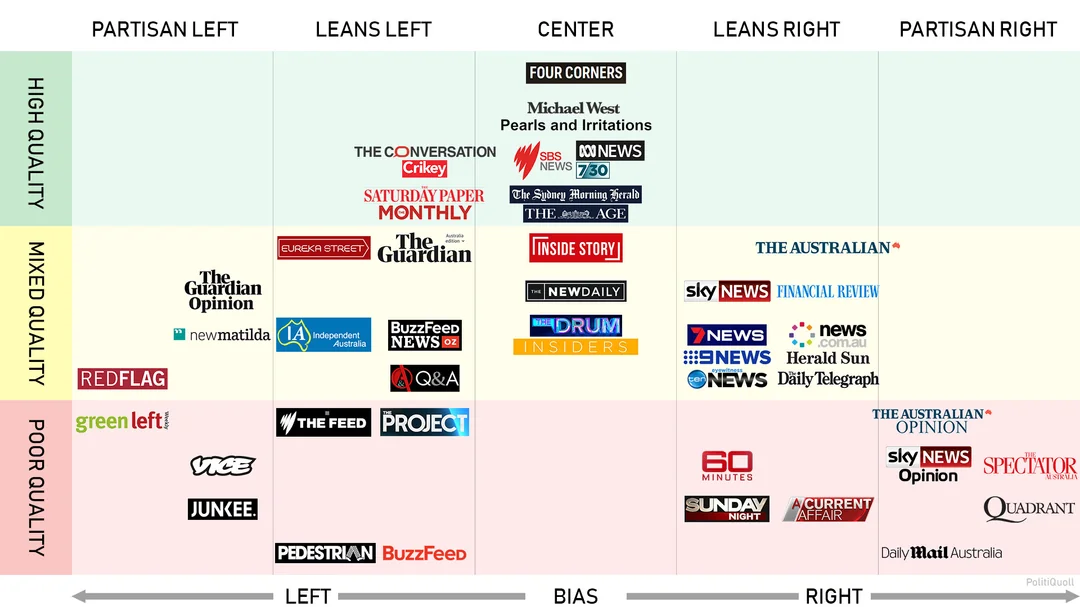
Figure 1: Media bias chart from reddit
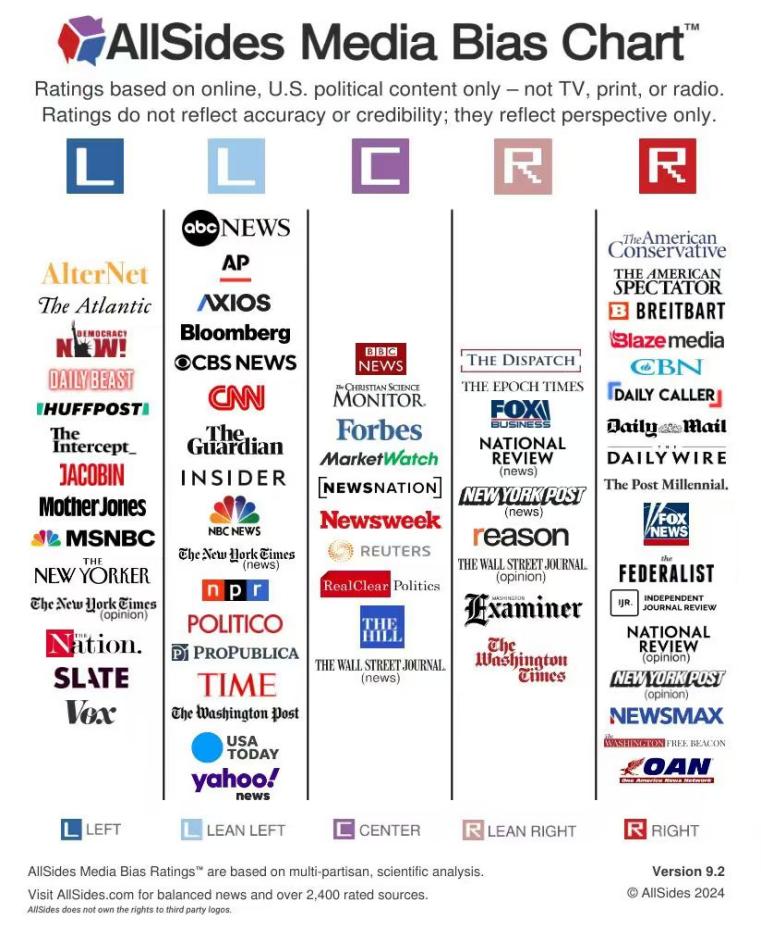
Figure 2: AllSides media bias ratings
First, in the video on the more conservative Sky News, it attempted to present the opposition of other boxers to Imane Khelif's entry, comments from viewers in different countries, and the IOC's response. Sky News reporters raised the issue of fairness, and the video had generated 430,000 views and 1,476 comments by the time the report was published. FOX SPORTS AUSTRALIA, which has garnered 1.06 million views and 3,529 comments, looks at the controversy over Imane Khelif's ability to compete in women's boxing and interviews female boxers in Australia.
The study also analyzed neutral reporting on the issue, from BBC News and The Hill. The BBC News report, which garnered 970,000 views and 7,053 comments, looked at the NOC's response to the controversy and stressed that Imane Khelif had competed for years and that it was not a transgender issue. The Hill aired a discussion between two commentators who argued that authorities should improve the gender testing of athletes to make the results more accurate and promote fair competition. The Hill's video garnered 520,000 views and 2,892 comments.
Finally, comments were collected from the Liberal media. ABC News has covered the controversy over women's boxing at the Paris Olympics and believes that Imane Khelif has been the target of cyberbullying and that the IOC and other boxers are defending her rights. The video has 180,000 views and 1,163 comments. Guardian Sport reports on Imane Khelif's response to the controversy, insisting that she has lived her life as a woman and is qualified enough to compete at the Olympics. The story garnered 410,000 views and 3,193 comments. The paper takes one media as a unit and conduct the analysis separately in MDCOR. Then, the audience's comments are divided into three groups, named V1, V2 and V3, and analyzed the different focuses of the three groups of audience.
5. Analysis of results
5.1. General analysis
After dividing all the comments into three topics, it can be seen from which perspective the public evaluated Khelif's participation in women's boxing matches by the most relevant terms for each topic and the most representative comments on each topic. V1 represents the first topic, and 34.8% of the comments belong to V1. Through Figure 3, the most relevant terms for V1 are represented by “chromosome”, “test” and “biological”. Combined with the most representative comments, the group of V1 mainly focuses on the controversy of Khelif's own gender and her personal experience. Although Khelif herself identifies as female, different reviews have had different opinions about her gender. The commentary mainly defines her gender from two aspects: her biological gender and her self-perceived gender in her growing experience.
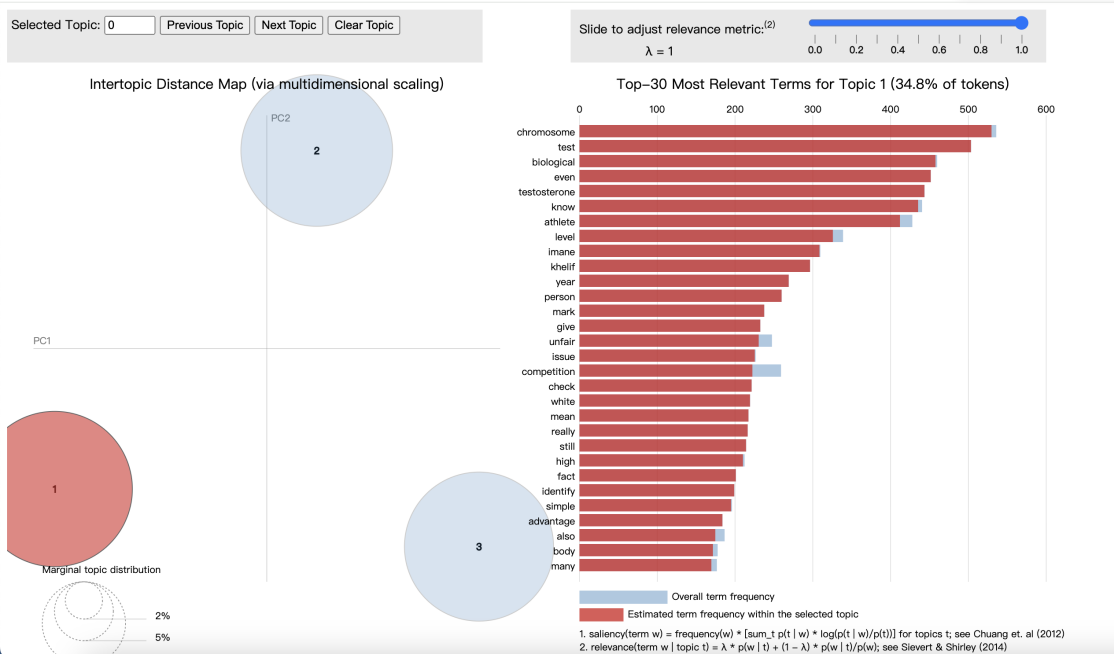
Figure 3: Top-30 most relevant terms for Topic 1 of general analysis
Through Figure 4, the most relevant terms for Topic 2 are represented by “good”, “need” and “right”. Combined with the most representative comments, it can be seen that the group of V2 mainly focuses on diversity and transgenders' rights in the society, especially in the sports competition represented by boxing. Reviewers have made different trade-offs for the value of inclusion and fairness when they reflect a certain degree of conflict.

Figure 4: Top-30 most relevant terms for Topic 2 of general analysis
Through Figure 5, the most relevant terms for Topic 3 are represented by “tear”, “stop” and “shame”. Combined with the most representative comments, the group of V3 mainly focuses on fairness, especially for other cisgender women. The top words also suggest a more negative attitude. Specifically, they suspect that Khelif has an advantage that makes it easier for other cisgender women to lose, which undermines the fairness of women's boxing. It is worth noting that "face with tears of joy" is a commonly used meme that represents a positive attitude. But while "tear" ranked first in the most relevant terms for Topic 3, "joy" did not appear in the Top-30 most relevant terms. Therefore, "tear" does not appear together with "joy", which means that "tear" is more directly used as a word here.

Figure 5: Top-30 most relevant terms for Topic 3 of general analysis
SENA is further used to analyze reviewers' emotional attitudes. Through Figure 6 and Figure 7, it can be seen that the attitude of YouTube comments towards transgender boxer Khelif's participation in the 2024 Women's Olympic boxing competition is positive, but negative attitude also accounts for a large proportion, which includes anger, disgust, fear and sadness. For negative attitudes, fear and disgust accounted for the largest proportion. For the positive emotion, joy accounted for the largest proportion.
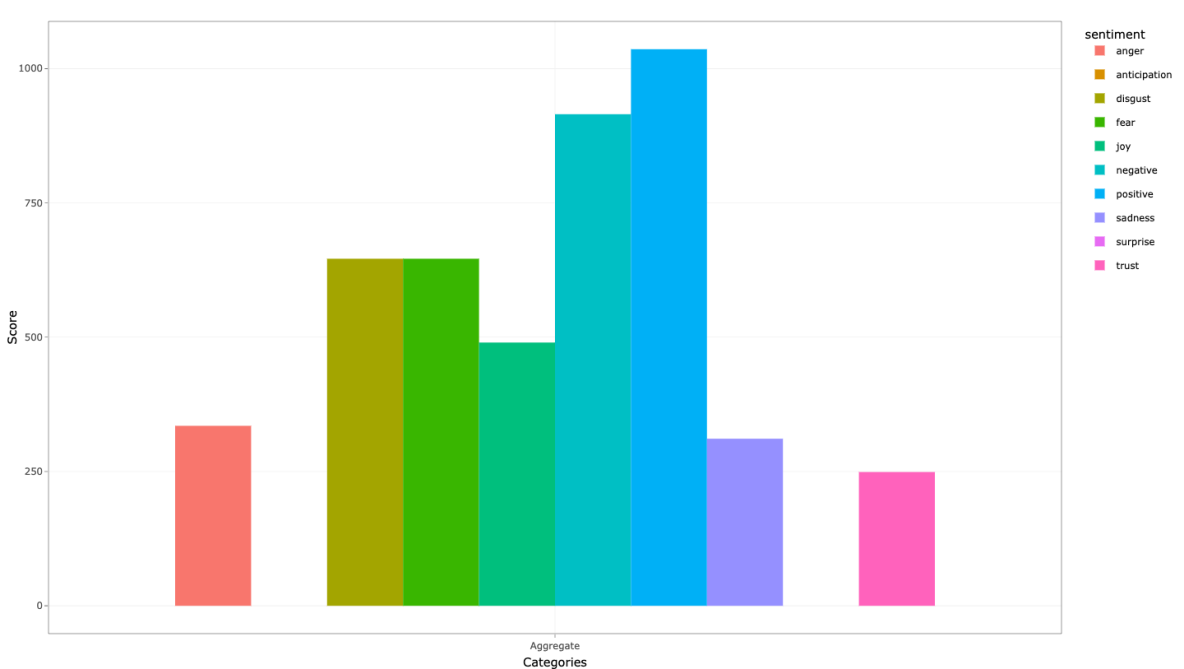
Figure 6: Bar chart of the general analysis
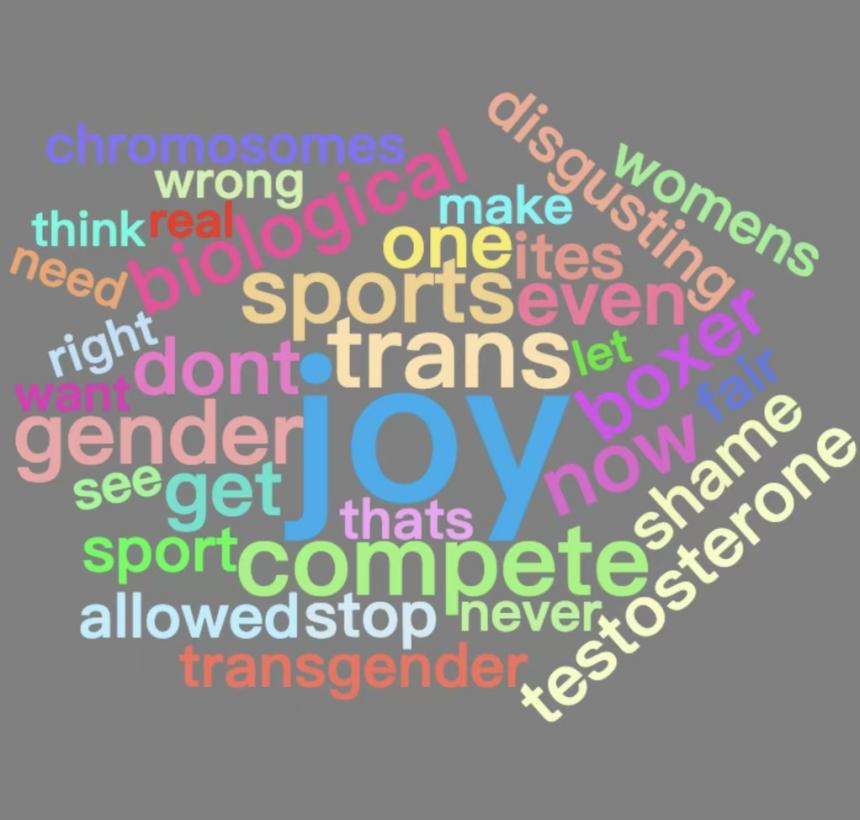
Figure 7: Word cloud of the general analysis
5.2. Temporal analysis
The attitude of the comments before Khelif won the title and the overall consistency, that is, although there is little difference between the proportion of negative and positive comments, the majority of comments are positive. Emotions are more varied. Negative emotions include anger, disgust, fear and sadness, among which anger occupies the largest proportion. Positive attitudes include anticipation, joy, surprise and trust, among which joy has the largest proportion.
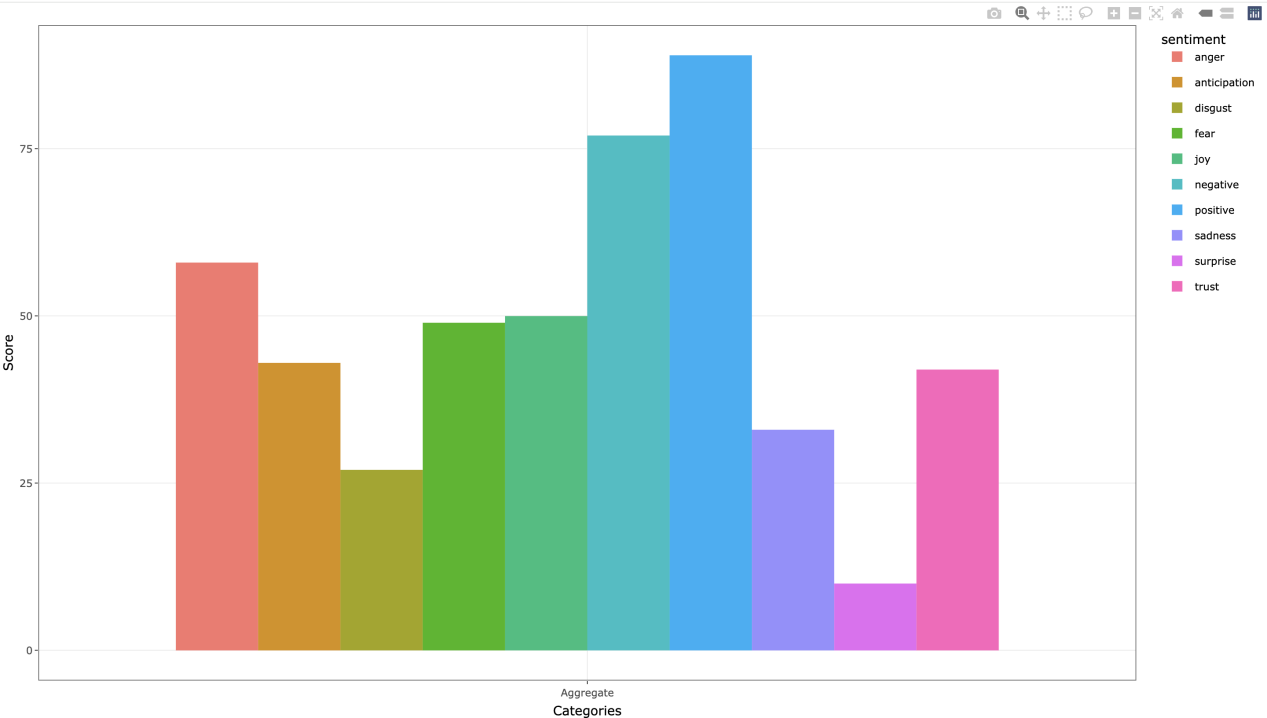
Figure 8: Bar chart of the Before group in the temporal analysis
Figure 9 shows a large number of words, some of which are common and have relatively no deep information. It can be seen from the word cloud that words, such as "fairness", "equality", "safety", "chromosome", "testosterone", are frequently discussed by reviewers. The most common words that represent negative attitudes are "disgusting", "shame", "ridiculous". The most common words that represent negative attitudes are "joy", "even", "fair". It is worth noting that, based on direct observation of the comments, "tear" here, with almost the same frequency of "joy", derived from the common phrase "face with tears of joy," expresses a supportive attitude rather than a negative one.
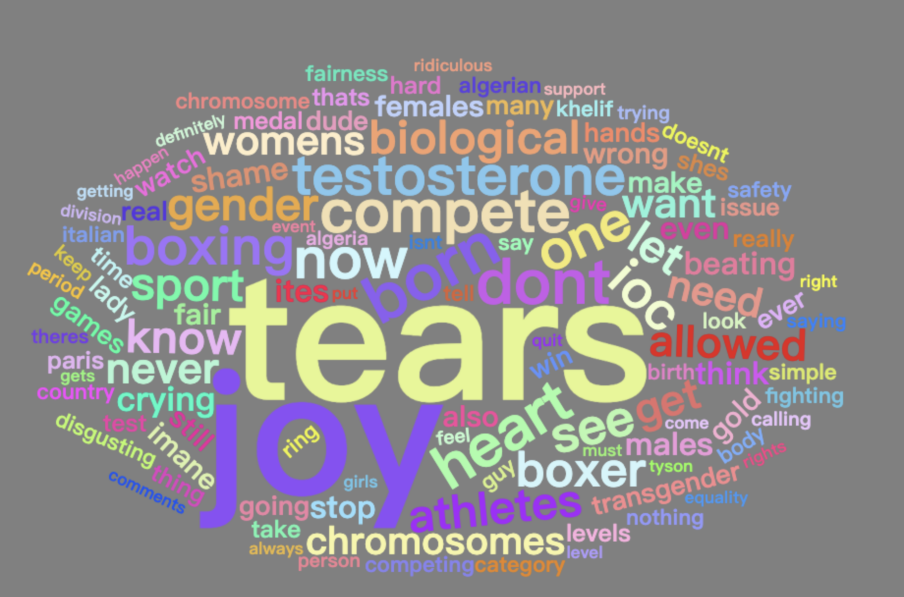
Figure 9: Word cloud of the Before group in the temporal analysis
Comments after Khelif's win were significantly more positive than before, with most comments being positive and more positive than negative. Negative emotions include anger, disgust, fear and sadness, among which anger and disgust account for the largest proportion. Positive attitudes include joy and trust, with joy having the largest proportion. Combined with the comments made before Khelif's win, the overall comments were more positive because of Khelif's win. However, in the negative attitude, the proportion of comments feeling disgust increased. One plausible explanation is that more people recognized Khelif's efforts for winning the title, making the comments more favorable to Khelif overall. On the other hand, Khelif's victory may reinforce concerns that transgender people are undermining the fairness of competitive sports.
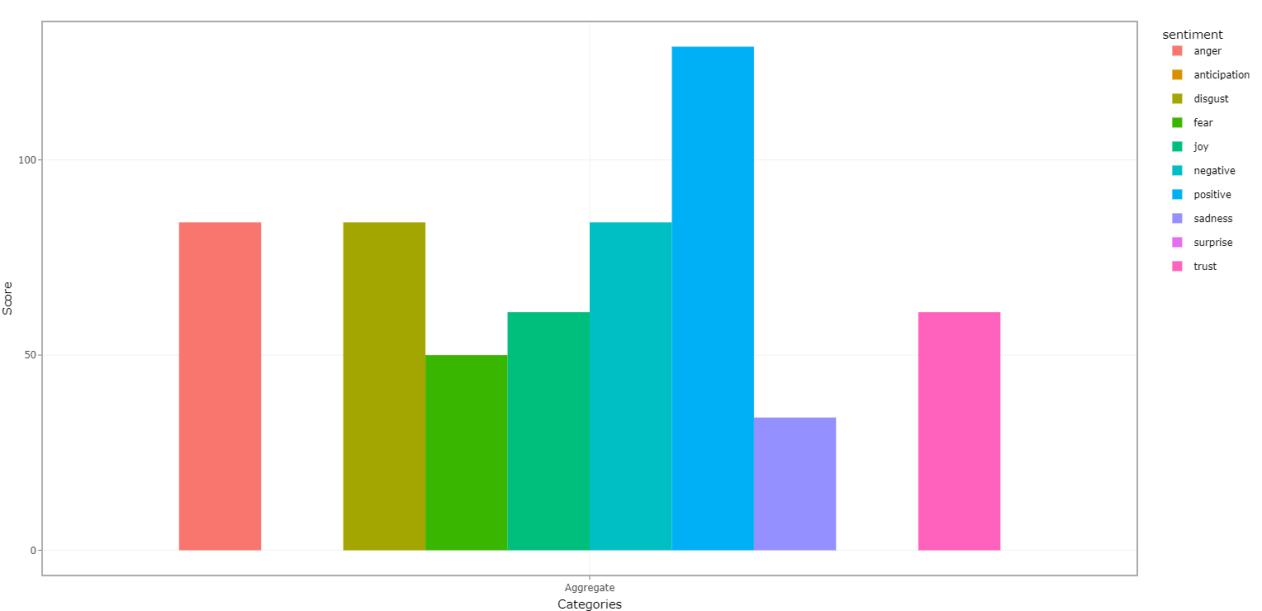
Figure 10: Bar chart of the After group in the temporal analysis
This point is also intuitively reflected in Figure 11: "tears" and "joy" are still the largest words, expressing a supportive attitude, while "disgusting" appears largely in the lower right corner of the word cloud.
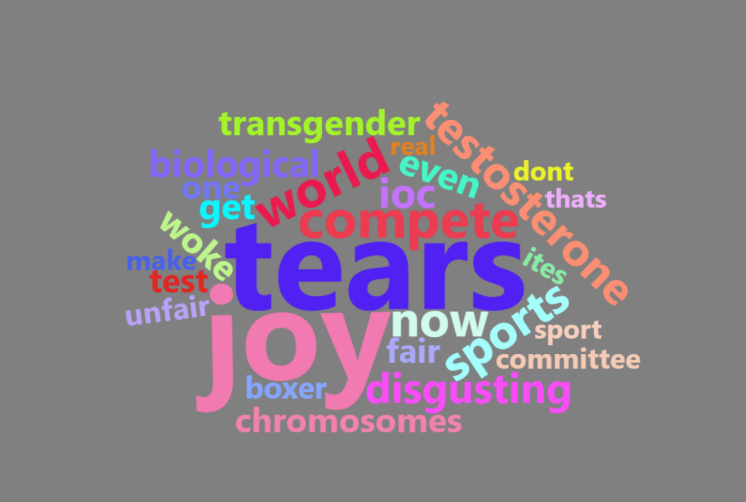
Figure 11: Word cloud of the After group in the temporal analysis
5.3. Group comparison
Topic 1 in each of the six videos exhibited a high frequency of competition-related vocabulary, including terms such as "boxer" and "competition". Furthermore, the audience frequently referenced gender-related words such as "testosterone", "transgender", and "chromosome", with most viewers perceiving the incident as a transgender issue. In Topic 1, discussions centered more on gender and sexual representation of boxers. Conservative media outlets Sky News and FOX SPORTS AUSTRALIA extensively employed the terms "fair" and "unfair". It is probable that viewers perceive an unfairness in a race riddled with transgender controversy, leading to extensive debate. Interestingly, left-leaning Guardian Sport and neutral The Hill also featured high-frequency usage of fairness-related terminology; this may be due to Guardian Sport's video defending Imane Khelif whose male-biased appearance aroused suspicion among viewers. However, her statement lacks credible official backing which led to viewer skepticism regarding her participation. Two commentators from The Hill discussed ways to make competitions fairer in their video which resulted in over 100 mentions of fairness by the audience on Topic 1.
Left Leaning |
Figure 12: Top-30 most relevant terms for Topic 1 of Sky News |
Figure 13: Top-30 most relevant terms for Topic 1 of FOX SPORTS AUSTRALIA |
Neutrality |
Figure 14: Top-30 most relevant terms for Topic 1 of BBC News |
Figure15: Top-30 most relevant terms for Topic 1 of The Hill |
Right Leaning |
Figure 16: Top-30 most relevant terms for Topic 1 of ABC News |
Figure 17: Top-30 most relevant terms for Topic 1 of Guardian Sport |
In Topic 2, the audience exhibits evident emotional inclination. Viewers of Sky News and FOX SPORTS AUSTRALIA have extensively employed words with negative connotations such as "disgust," "boycott," "disgrace," "shame," and "wrong." Clearly, the audience of these two media outlets displayed dissatisfaction and opposition towards Imane Khelif's participation. As a neutral media outlet, BBC News found that some voices were in favor of "support" while others expressed sentiments like "crazy" and "wrong." The Hill, also maintaining neutrality, received over 400 comments including references to tears of joy ("tear"), indicating viewers' happiness and support for Imane Khelif's victory. This was followed by mentions of "shame," "disgrace," and "abuse" on the chart, suggesting that a portion of The Hill's audience was also discontented about it. Prior to conducting this study, it was speculated that left-leaning media would tend to offer support and encouragement towards Imane Khelif; however, on ABC News there are relatively few frequently used words representing emotions or ideas with more than 10 comments discussing feelings of unfairness ("unfair") and disgust ("disgust"). The study suspects this may be due to the comparatively small number of comments on ABC News. In Guardian Sports, the use of terms like "grin" and “deserve” is considered an endorsement for the event. Over 30 comments utilized words such as “shame” and “cheat” to express their dissatisfaction despite there being relatively more popular supportive expressions. Upon reanalyzing the text within Guardian Sports video discussion, it is suggested that focus on sporting fairness rather than transgender issues may have influenced these results.
Left Leaning |
Figure 18: Top-30 most relevant terms for Topic 1 of Sky News |
Figure 19: Top-30 most relevant terms for Topic 1 of FOX SPORTS AUSTRALIA |
Neutrality |
Figure 20: Top-30 most relevant terms for Topic 1 of BBC News |
Figure21: Top-30 most relevant terms for Topic 1 of The Hill |
Right Leaning |
Figure 22: Top-30 most relevant terms for Topic 1 of ABC News |
Figure 23: Top-30 most relevant terms for Topic 1 of Guardian Sport |
Looking at the relevant terms in the Topic 3 chart, gender issues were also a focal point for viewers from Sky News, ABC News, FOX SPORTS AUSTRALIA, BBC News, and The Hill. Notably, BBC News yielded results similar to those of Topic 2. While some individuals expressed joy using the term "tear," others voiced opposition through words like "unfair" and “boycott". Guardian Sport, representing democratic leanings, exhibited strong sentiment with nearly 160 comments utilizing “tear", followed by expressions of “congratulation", “clap" and “thumb”. The audience of Guardian Sport passionately conveyed their unwavering support and encouragement regarding topic 3.
Left Leaning |
Figure 24: Top-30 most relevant terms for Topic 1 of Sky News |
Figure 25: Top-30 most relevant terms for Topic 1 of FOX SPORTS AUSTRALIA |
Neutrality |
Figure 26: Top-30 most relevant terms for Topic 1 of BBC News |
Figure 27: Top-30 most relevant terms for Topic 1 of The Hill |
Right Leaning |
Figure 28: Top-30 most relevant terms for Topic 1 of ABC News |
Figure 29: Top-30 most relevant terms for Topic 1 of Guardian Sport |
SENA was used for the analysis of comment emotional tendencies. Upon comparing the findings, it was observed that right-leaning media outlets Sky News and FOX SPORTS AUSTRALIA exhibited conspicuous "anger" and "negativity". Comments on neutral media platforms such as BBC News and The Hill displayed both positive and negative sentiments. The left-leaning media outlet, The Guardian, stood out with a significantly higher number of comments representing "positivity" and "joy". However, ABC News, which is also perceived as liberal, demonstrated the highest level of negative sentiment in its commentary. Furthermore, comments related to emotions such as "anger", "fear", "joy", "positivity", and "trust" were prevalent. On one hand, this can be attributed to the content of ABC News' report which featured interviews with organizers and athletes from various nationalities; opinions from different perspectives are more likely to incite controversy in comments. On the other hand, SENA relies on a predefined framework for emotion analysis which implies certain limitations like its inability to capture mixed emotions or subtle changes in sentiment [23]. Therefore, the presented Sentiment Bar Chart should only be regarded as an overall trend observation. In this case, the comment tendencies across different media align quite closely with their respective political stances.
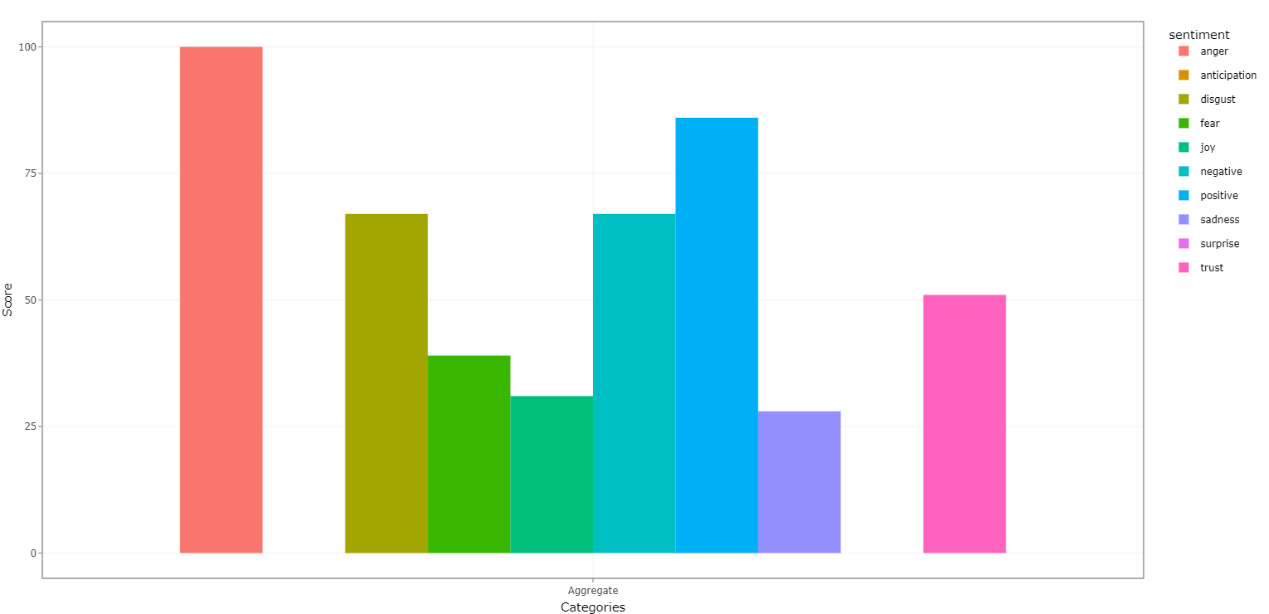
Figure 30: Sentiment bar chart of Sky News in the group comparison
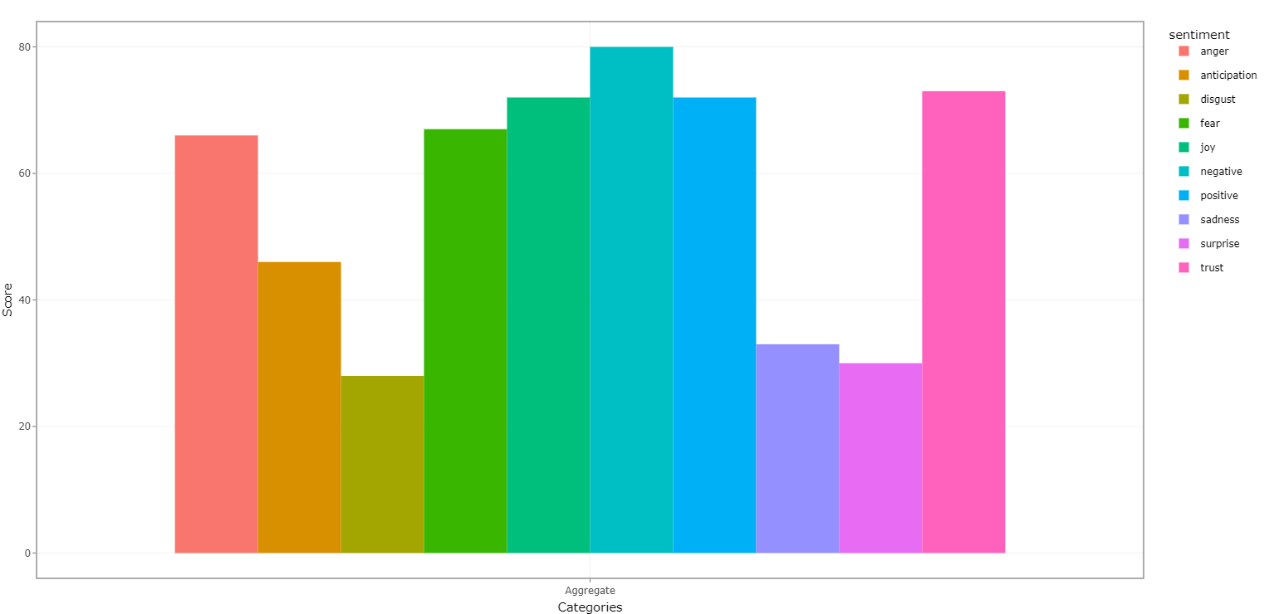
Figure31: Sentiment bar chart of ABC News in the group comparison
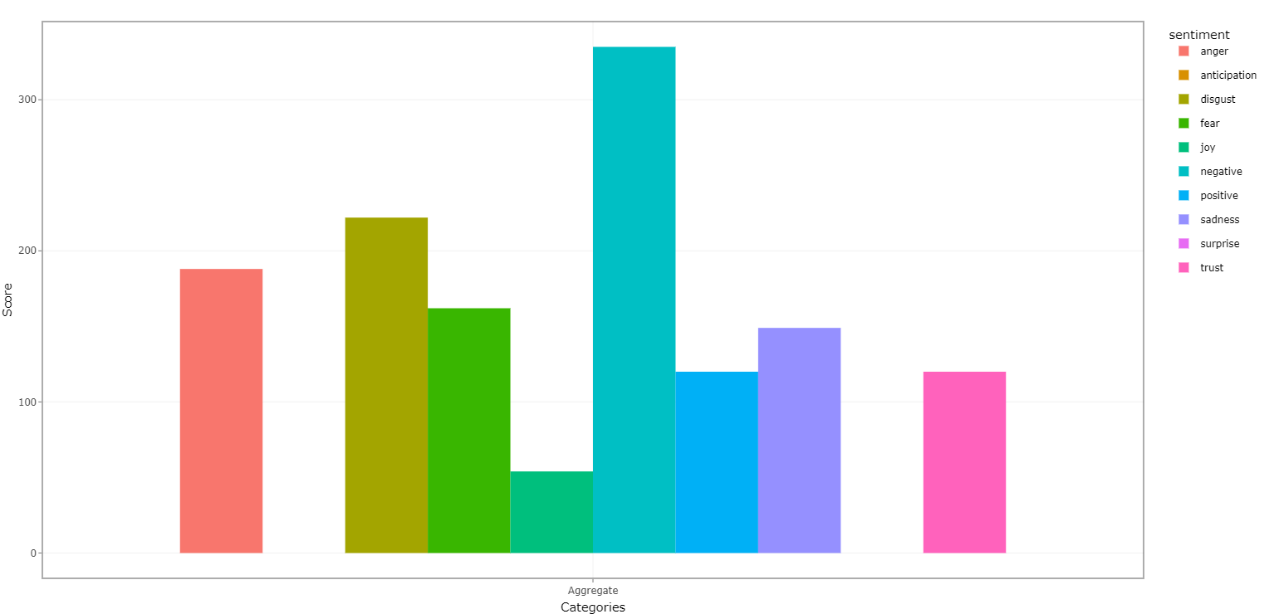
Figure 32: Sentiment bar chart of FOX SPORTS AUSTRALIA in the group comparison
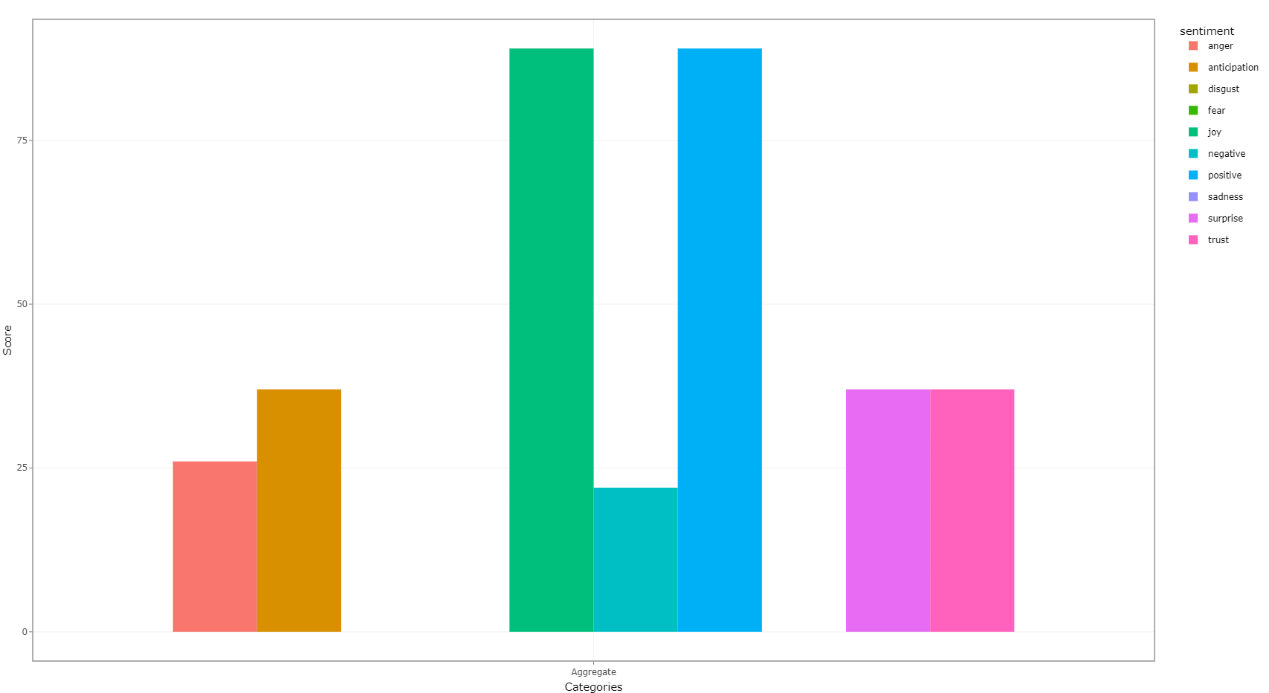
Figure 33: Sentiment bar chart of Guardian Sport in the group comparison
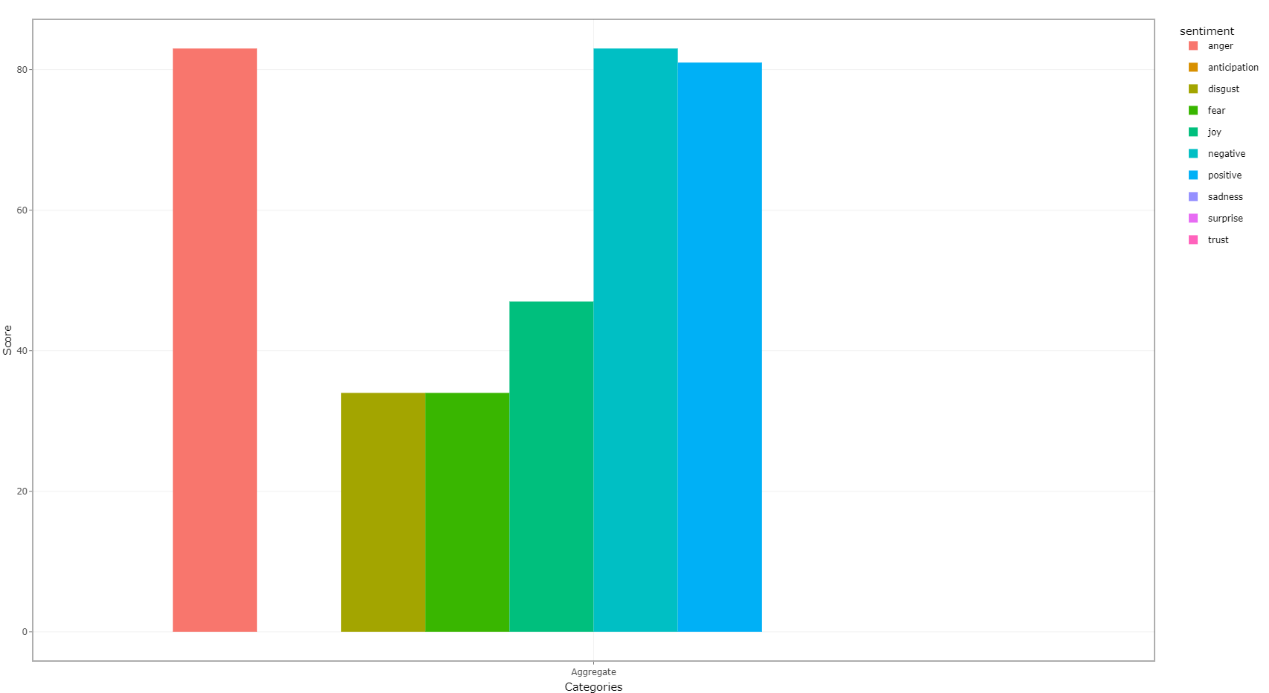
Figure 34: Sentiment bar chart of BBC News in the group comparison

Figure 35: Sentiment bar chart of The Hill in the group comparison
6. Conclusion
This study aims to explore public opinion on social media about transgender athlete Imane Khelif's participation in women's boxing at the 2024 Paris Olympics. The study used MDCOR for data collection, SENA for emotion and network analysis, analyzed YouTube comments from various media outlets categorized by political orientation, and conducted comparative analysis before and after Khelif's victory on August 9th, 2024.
The findings reveal that public attitudes are fluid, with discussions focused on issues such as fairness in gender identity and whether transgender athletes have an advantage in competing. The general analysis showed that there is definite endorsement and some opposition to transgender rights and Khelif’s participation, but a widespread worry about fairness as an ongoing debate. Besides those, keywords like "testosterone," "chromosome," and "fairness" rated frequently as the most vital words, and through them, it became obvious that biology itself and the role of it in sports are almost solely focused on during such discussions.
Temporal analysis also further suggests that Khelif's victory has tempered public sentiment, showing a rise in positivity of comments for Khelif, where many commented she had put effort and she had outdone herself in the end. Still, on the other hand, that victory brought like-minded activists to a higher level of disagreement about fairness in women’s sports and to the disgusted level that disgusting and angry emotions show after Khelif win.
Sentiment focused on issues of fairness and opposition to transgender participation. In contrast, left-leaning media outlets, such as ABC News and Guardian Sport, generated more supportive commentary, although these were not without criticism. Even neutral outlets like BBC News and Capitol Hill show a balanced mix of positive and negative views, underscoring the polarizing nature of the issue across the political spectrum.
In terms of practical application, the findings suggest that policymakers and stakeholders in sports organizations should consider these dynamics when developing guidelines and regulations. Creating inclusive environments that respect individual rights while ensuring fairness in competition requires a balanced approach informed by empirical evidence and societal values.
Ultimately, this research contributes to the broader discourse on gender identity and inclusion in sports, providing insights that can guide future discussions and policy frameworks. Further investigation into the intersection of public attitudes, policy implications, and the experiences of transgender individuals remains essential for understanding and addressing the complexities of this issue.
Acknowledgement
Xinyi Shi, Zihan Chen, and Yaxuan Liu contributed equally to this work and should be considered co-first authors. This work was financially supported by Prof. Manuel Sacramento Gonzalez Canche.
References
[1]. Roath, F. (2016). An examination of the public’s perceptions towards transgender populations. CU Scholar. https://scholar.colorado.edu/concern/undergraduate_honors_theses/6m311p73q
[2]. Becker, A.B., & Todd, M.E. (2013). A New American Family? Public Opinion toward Family Status and Perceptions of the Challenges Faced by Children of Same-Sex Parents. Journal of GLBT Family Studies, 9, 425 - 448.
[3]. Ocobock, C. (2021). Sex in Sport: Men Don’t Always Have the Advantage: Research shows that real differences exist in athletic capacities, on average, between men and women. But they cut both ways. https://www.sapiens.org/biology/female-male-athletes-differences/
[4]. Billard. (2023). Voices for transgender equality. Oxford University Press.
[5]. Flores, A. R. (2014). National trends in public opinion on LGBT rights in the United States. The Williams Institute. https://williamsinstitute.law.ucla.edu/wp-content/uploads/POP-natl-trends-nov-2014.pdf
[6]. Flores, A. R. (2015). Attitudes toward transgender rights: Perceived knowledge and secondary interpersonal contact. Politics, Groups and Identities, 3(3), 398-416. https://doi.org/10.1080/21565503.2015.1050414\
[7]. Lewis, D.C., Flores, A.R., et al. (2017). Degrees of Acceptance: Variation in Public Attitudes toward Segments of the LGBT Community. https://journals.sagepub.com/doi/abs/10.1177/1065912917717352
[8]. Tebbe, E. N., & Moradi, B. (2012). Anti-transgender prejudice: A structural equation model of associated constructs. Journal of Counseling Psychology, 59(2), 251–261. https://doi.org/10.1037/a0026990
[9]. Levitt, H. M., & Ippolito, M. R. (2014). Being transgender: Navigating minority stressors and developing authentic self-presentation. Psychology of Women Quarterly, 38(1), 46-64. https://doi.org/10.1177/0361684313501644
[10]. Glick, J. L., Theall, K. P., Andrinopoulos, K., & Kendall, C. (2018). The role of discrimination in care postponement among transgender women of color in New Orleans. Transgender Health, 3(1), 181-186. https://doi.org/10.1089/trgh.2018.0024
[11]. Stryker, S. (2017). Transgender history: The roots of today's revolution. Seal Press.
[12]. McCarthy, M. (2024). Understanding Generalized Anxiety Disorder in Transgender People and Individuals with Gender Dysphoria: Exploring psychological factors and clinical implications. https://clinicalpsychologytoday.wordpress.com/2024/01/23/understanding-generalized-anxiety-disorder-in-transgender-people-and-individuals-with-gender-dysphoria-exploring-psychological-factors-and-clinical-implications/
[13]. Casey L.S., Reisner S.L., Findling M.G., et al. (2019). Discrimination in the United States: Experiences of lesbian, gay, bisexual, transgender, and queer Americans. Health Serv Res. https://doi.org/10.1111/1475-6773.13229
[14]. Burns, N. & Gallagher, K. (2010). Public Opinion on Gender Issues: The politics of equity and roles. Annual Review of Political Science. https://doi.org/10.1146/annurev.polisci.12.040507.142213
[15]. Flores, A. R., Haider-Markel, D. P., Lewis, D. C., Miller, P. R., Tadlock, B. L., & Taylor, J. K. (2017). Challenged expectations: Mere exposure effects on attitudes about transgender people and rights. Political Psychology, 39(1), 197-216. https://doi.org/10.1111/pops.12402
[16]. Brockman, D. & Kalla, J. (2016). Durably reducing transphobia: A field experiment on door-to-door canvassing.
[17]. Anderson, C.A. and Bushman, B.J. (2018). Media Violence and the General Aggression Model. Journal of Social Issues, 74: 386-413. https://doi.org/10.1111/josi.12275
[18]. Jones, P. E., Brewer, P. R., et al. (2018). Explaining Public Opinion Toward Transgender People, Rights, and Candidates. The Public Opinion Quarterly, 82(2), 252–278. https://www.jstor.org/stable/26801788
[19]. Sumerau, J.E. & Mathers, L.A.B. (2019). America through transgender eyes. https://books.google.co.uk/books?hl=zh-CN&lr=&id=xK6LDwAAQBAJ&oi=fnd&pg=PR3&dq=Sumerau+and+Mathers+(2019)&ots=16854FKnTm&sig=8YthQTQ8TqTPIOpwLL9Y1M-cJuU&redir_esc=y#v=onepage&q=Sumerau%20and%20Mathers%20(2019)&f=false
[20]. Tadlock, B.L., Flores, A.R., Haider-Markel, D.P., et al. (2017). Testing Contact Theory and Attitudes on Transgender Rights, Public Opinion Quarterly. https://doi.org/10.1093/poq/nfx021
[21]. Knoester, C., & Bjork, C. (2024). U.S. youth sports participation: analyzing the implications of generation, gender, race/ethnicity, socioeconomic status, and family and community sport cultures. Leisure/Loisir, 1–47.
[22]. Bessi, A., Zollo, F., et al. (2016). Users Polarization on Facebook and YouTube. https://journals.plos.org/plosone/article?id=10.1371/journal.pone.0159641
[23]. Mao, H, Yuan, Z., et al. (2022). M-SENA: An Integrated Platform for Multimodal Sentiment Analysis. arXiv. https://doi.org/10.48550/arXiv.2203.12441
Cite this article
Shi,X.;Chen,Z.;Liu,Y. (2025). Navigating Rights and Realities: Understanding Public Perceptions of Transgender Athletes in Women's Boxing at the 2024 Paris Olympics on Social Media. Communications in Humanities Research,68,55-75.
Data availability
The datasets used and/or analyzed during the current study will be available from the authors upon reasonable request.
Disclaimer/Publisher's Note
The statements, opinions and data contained in all publications are solely those of the individual author(s) and contributor(s) and not of EWA Publishing and/or the editor(s). EWA Publishing and/or the editor(s) disclaim responsibility for any injury to people or property resulting from any ideas, methods, instructions or products referred to in the content.
About volume
Volume title: Proceedings of 3rd International Conference on Interdisciplinary Humanities and Communication Studies
© 2024 by the author(s). Licensee EWA Publishing, Oxford, UK. This article is an open access article distributed under the terms and
conditions of the Creative Commons Attribution (CC BY) license. Authors who
publish this series agree to the following terms:
1. Authors retain copyright and grant the series right of first publication with the work simultaneously licensed under a Creative Commons
Attribution License that allows others to share the work with an acknowledgment of the work's authorship and initial publication in this
series.
2. Authors are able to enter into separate, additional contractual arrangements for the non-exclusive distribution of the series's published
version of the work (e.g., post it to an institutional repository or publish it in a book), with an acknowledgment of its initial
publication in this series.
3. Authors are permitted and encouraged to post their work online (e.g., in institutional repositories or on their website) prior to and
during the submission process, as it can lead to productive exchanges, as well as earlier and greater citation of published work (See
Open access policy for details).
References
[1]. Roath, F. (2016). An examination of the public’s perceptions towards transgender populations. CU Scholar. https://scholar.colorado.edu/concern/undergraduate_honors_theses/6m311p73q
[2]. Becker, A.B., & Todd, M.E. (2013). A New American Family? Public Opinion toward Family Status and Perceptions of the Challenges Faced by Children of Same-Sex Parents. Journal of GLBT Family Studies, 9, 425 - 448.
[3]. Ocobock, C. (2021). Sex in Sport: Men Don’t Always Have the Advantage: Research shows that real differences exist in athletic capacities, on average, between men and women. But they cut both ways. https://www.sapiens.org/biology/female-male-athletes-differences/
[4]. Billard. (2023). Voices for transgender equality. Oxford University Press.
[5]. Flores, A. R. (2014). National trends in public opinion on LGBT rights in the United States. The Williams Institute. https://williamsinstitute.law.ucla.edu/wp-content/uploads/POP-natl-trends-nov-2014.pdf
[6]. Flores, A. R. (2015). Attitudes toward transgender rights: Perceived knowledge and secondary interpersonal contact. Politics, Groups and Identities, 3(3), 398-416. https://doi.org/10.1080/21565503.2015.1050414\
[7]. Lewis, D.C., Flores, A.R., et al. (2017). Degrees of Acceptance: Variation in Public Attitudes toward Segments of the LGBT Community. https://journals.sagepub.com/doi/abs/10.1177/1065912917717352
[8]. Tebbe, E. N., & Moradi, B. (2012). Anti-transgender prejudice: A structural equation model of associated constructs. Journal of Counseling Psychology, 59(2), 251–261. https://doi.org/10.1037/a0026990
[9]. Levitt, H. M., & Ippolito, M. R. (2014). Being transgender: Navigating minority stressors and developing authentic self-presentation. Psychology of Women Quarterly, 38(1), 46-64. https://doi.org/10.1177/0361684313501644
[10]. Glick, J. L., Theall, K. P., Andrinopoulos, K., & Kendall, C. (2018). The role of discrimination in care postponement among transgender women of color in New Orleans. Transgender Health, 3(1), 181-186. https://doi.org/10.1089/trgh.2018.0024
[11]. Stryker, S. (2017). Transgender history: The roots of today's revolution. Seal Press.
[12]. McCarthy, M. (2024). Understanding Generalized Anxiety Disorder in Transgender People and Individuals with Gender Dysphoria: Exploring psychological factors and clinical implications. https://clinicalpsychologytoday.wordpress.com/2024/01/23/understanding-generalized-anxiety-disorder-in-transgender-people-and-individuals-with-gender-dysphoria-exploring-psychological-factors-and-clinical-implications/
[13]. Casey L.S., Reisner S.L., Findling M.G., et al. (2019). Discrimination in the United States: Experiences of lesbian, gay, bisexual, transgender, and queer Americans. Health Serv Res. https://doi.org/10.1111/1475-6773.13229
[14]. Burns, N. & Gallagher, K. (2010). Public Opinion on Gender Issues: The politics of equity and roles. Annual Review of Political Science. https://doi.org/10.1146/annurev.polisci.12.040507.142213
[15]. Flores, A. R., Haider-Markel, D. P., Lewis, D. C., Miller, P. R., Tadlock, B. L., & Taylor, J. K. (2017). Challenged expectations: Mere exposure effects on attitudes about transgender people and rights. Political Psychology, 39(1), 197-216. https://doi.org/10.1111/pops.12402
[16]. Brockman, D. & Kalla, J. (2016). Durably reducing transphobia: A field experiment on door-to-door canvassing.
[17]. Anderson, C.A. and Bushman, B.J. (2018). Media Violence and the General Aggression Model. Journal of Social Issues, 74: 386-413. https://doi.org/10.1111/josi.12275
[18]. Jones, P. E., Brewer, P. R., et al. (2018). Explaining Public Opinion Toward Transgender People, Rights, and Candidates. The Public Opinion Quarterly, 82(2), 252–278. https://www.jstor.org/stable/26801788
[19]. Sumerau, J.E. & Mathers, L.A.B. (2019). America through transgender eyes. https://books.google.co.uk/books?hl=zh-CN&lr=&id=xK6LDwAAQBAJ&oi=fnd&pg=PR3&dq=Sumerau+and+Mathers+(2019)&ots=16854FKnTm&sig=8YthQTQ8TqTPIOpwLL9Y1M-cJuU&redir_esc=y#v=onepage&q=Sumerau%20and%20Mathers%20(2019)&f=false
[20]. Tadlock, B.L., Flores, A.R., Haider-Markel, D.P., et al. (2017). Testing Contact Theory and Attitudes on Transgender Rights, Public Opinion Quarterly. https://doi.org/10.1093/poq/nfx021
[21]. Knoester, C., & Bjork, C. (2024). U.S. youth sports participation: analyzing the implications of generation, gender, race/ethnicity, socioeconomic status, and family and community sport cultures. Leisure/Loisir, 1–47.
[22]. Bessi, A., Zollo, F., et al. (2016). Users Polarization on Facebook and YouTube. https://journals.plos.org/plosone/article?id=10.1371/journal.pone.0159641
[23]. Mao, H, Yuan, Z., et al. (2022). M-SENA: An Integrated Platform for Multimodal Sentiment Analysis. arXiv. https://doi.org/10.48550/arXiv.2203.12441





